Bobbio and its Ponte Gobbo (Hunchbacked Bridge) – Best Viewpoints, Italy
The Medieval town of Bobbio, along with its famous Ponte Gobbo – or Hunckback Bridge, in English – is a small town nestled in the peaceful Apennine mountains in northern Italy.
The Bridge is 273 meters long, also called Ponte Vecchio (old bridge) sports 11 arches, and dates back to the Roman era, although it’s been rebuilt and repaired several times. Regardless it’s a sight to be seen, and a very scenic one.

Bobbio’s Ponte Gobbo, or Hunchbacked Bridge, at sunset.
While Bobbio is a renowned town in Northern Italy, it still is a bit of a hidden gem to foreign tourism. Part of this is because Bobbio is a bit off the major tourist routes in Northern Italy.
Located in Val Trebbia, Hemingway called it one of the most beautiful Valleys in the world. I’ve been to this valley several times myself, being originally from a nearby area, and I can safely say it is a wonderful place with many hiking opportunities too.
For now, if you are looking for a beautiful rural location with great landscapes, typical architecture, great food, and the option for a refreshing dip into the River River Trebbia in summer.

View of the town from the bridge.
Table of Contents
Overview of the Hike & Map
This is both a walk through the town, to the best viewpoint of the bridge in Bobbio, and a viewpoint of the town from above.
I’d highly recommend taking a stroll through the town center and visiting the castle during its opening times.
This is also what I did, so the GPX track below includes a walk through the historical city center, a visit to the medieval castle, a walk across the bridge, and a short hike to the viewpoint above Bobbio on the opposite side of the river Trebbia.
The hike is short but steep in places, so attempt it with appropriate footwear only.
| Max Altitude | 220 m |
|---|---|
| Distance | 5.7 KM |
| Elevation gain | 220m ↑ / 220m ↓ |
| Hike time | 01:00/ 01:30 Hours |
| Hike Difficulty | Easy |
Here is the map of this walk and hike to the viewpoint:
How to get to the Bobbio, its Ponte Gobbo and Parking
Bobbio is out of the way of major tourist routes in Italy. That’s also part of its appeal, being a medieval town in a rural area. Yet, it’s not that far either, especially if you plan it as a detour to your itinerary.
It can also be visited as a day trip from Genoa, Milan, or Parma, for instance. Or, if you are heading to southern Italy along the West Coast, you can consider taking a detour from the highway along Road SS45 through Bobbio and Val Trebbia and then continue on the highway from Genoa.
- Driving Directions: If you are coming from a northerly direction by car (like Milan or Turin), take Highway A1, then the Piacenza Sud exit. then follow directions to Bobbio/Val Trebbia, following SS45 (Strada Statale 45 ) until you reach Bobbio. If you are coming from the south i.e. Genoa, you can just drive on road SS45 until you get to Bobbio.
- Parking: There are a few parking spots around town, some paid, some free. It’s a small town so you can easily park anywhere you find a free sport. The biggest free parking area is here.
- Public Transport: Bobbio does not have a train station, there’s no railway nearby. Travel by public transport is possible by taking a “Corriera”, the Italian term for long-distance buses. The best way to get to Bobbio would be to take a train to Piacenza and then the bus to Bobbio from there. More here.
The Bridge is just right outside the historical center, a short walk from any parking area in town. Which, again, is well worth a short walking tour.
Walking around Bobbio, the Ponte Gobbo, and Bridge Viewpoint
Bobbio is quite a small town, so you initially can walk toward the center and see where to go next from there. no chance of getting lost here.

View of Bobbio, from the viewpoint above town.
The Medieval Castle in Bobbio – Castello Malaspina dal Verme
For this visit, I went to the castle first. Admission is paid and it’s only possible to access during opening hours (more details here, in Italian). The ticket is 4 Euro at the time of writing.

The Malaspina Castle
Construction of the fortified castle started in 1304. You can freely walk around by yourself through the several rooms on different floors.
It’s been renovated quite recently, but the rooms still conserve the impressions of times gone by. The top-floor, big, oper room offers fantastic views of the whole town and its historical buildings.


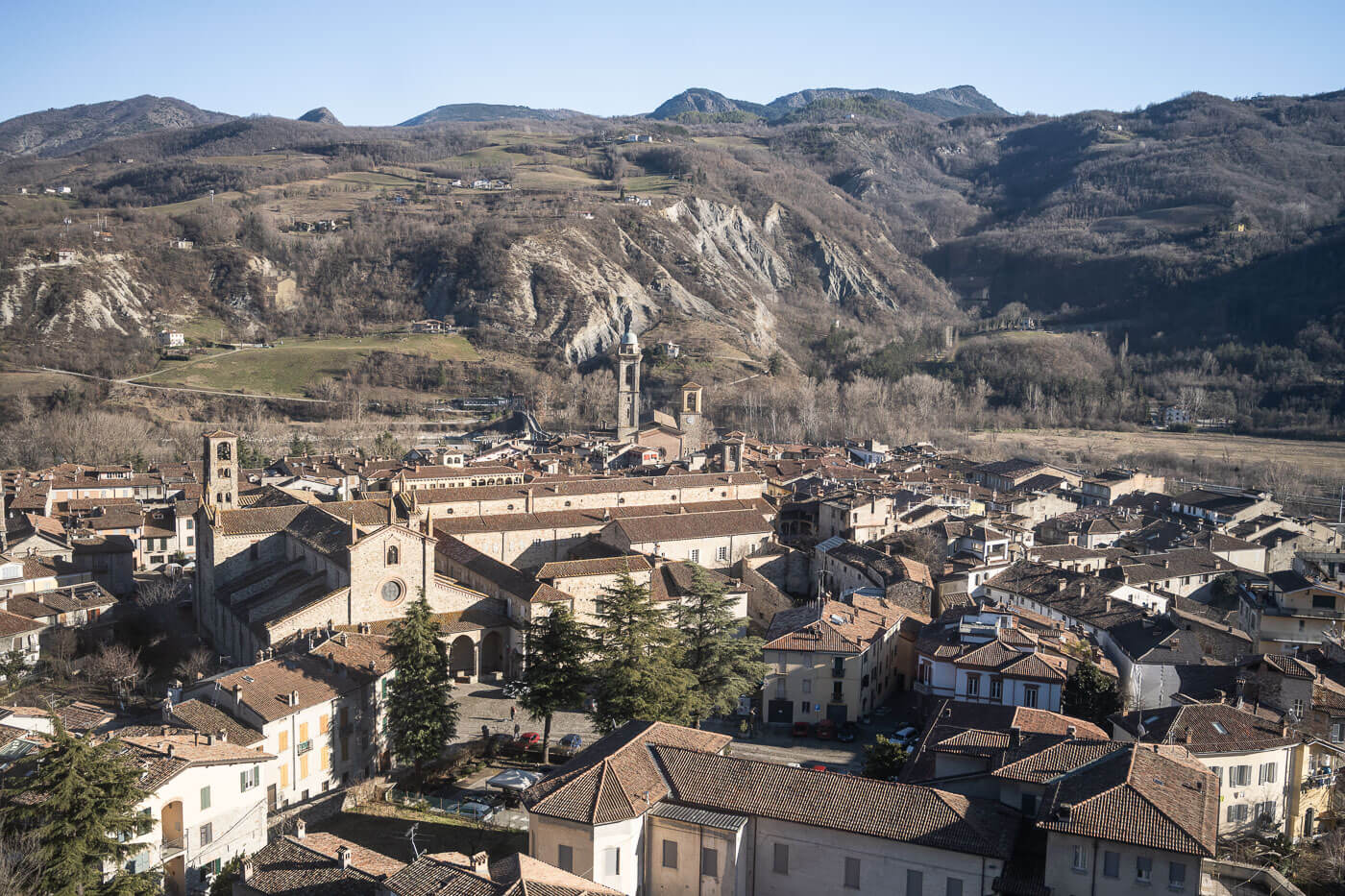
View of Bobbio from the top floor of the Malaspina Castle.
Bobbio’s Town Center
From the castle, you can head back downhill following any of the small alleys. You’ll find also small or bigger squares and a few churches – and some “portici”.
While there are small shops and bars in the town center, every building still maintains its character and, generally speaking, the “old town” feeling. In a positive way.

Bobbio’s main square.

From the town center, you can then take one of the small alleys leading downhill to get to the most famous landmark in town, the Ponte Gobbo.

Walking to the bridge & upper viewpoint
The main viewpoint of the bridge is just across it, on the left side. As you reach the other side of the bridge, walk down to your left following a gravel road, until you reach the side of the river.
The bridge is, of course, a pedestrian bridge, and a very popular walk on weekends for locals and people from nearby areas.


Main viewpoint across the bridge.
You can get down to the river but that requires a detour downstream to hike back upstream again – no safe way to go further down from this viewpoint, as the embankment is steep and full of dense weeds. More on this in the photo tips section.
Anyway, from here I’d recommend continuing further uphill, following a trail that leads to a viewpoint above the bridge and the town.

Bobbio’s viewpoint above the town.
The trail is unmarked, quite steep, and slippery in places. As mentioned earlier best to not attempt it in casual walking shoes. You don’t need hiking boots, but something with a good grip should do, as the terrain is soft and crumbly.
Initially, you can follow the narrow, paved road. As you come to a turn next to a small creek, you should see a narrow trail leading up the steep side of a hill. That’s the trail to the upper viewpoint.
You don’t see the town from there but within less than five minutes, the views open up toward the town and its bridge. The main viewpoint is a relatively wide, flattish area halfway up the hill.
From this viewpoint, the only way is back down from where you came. Then, across the bridge once more.




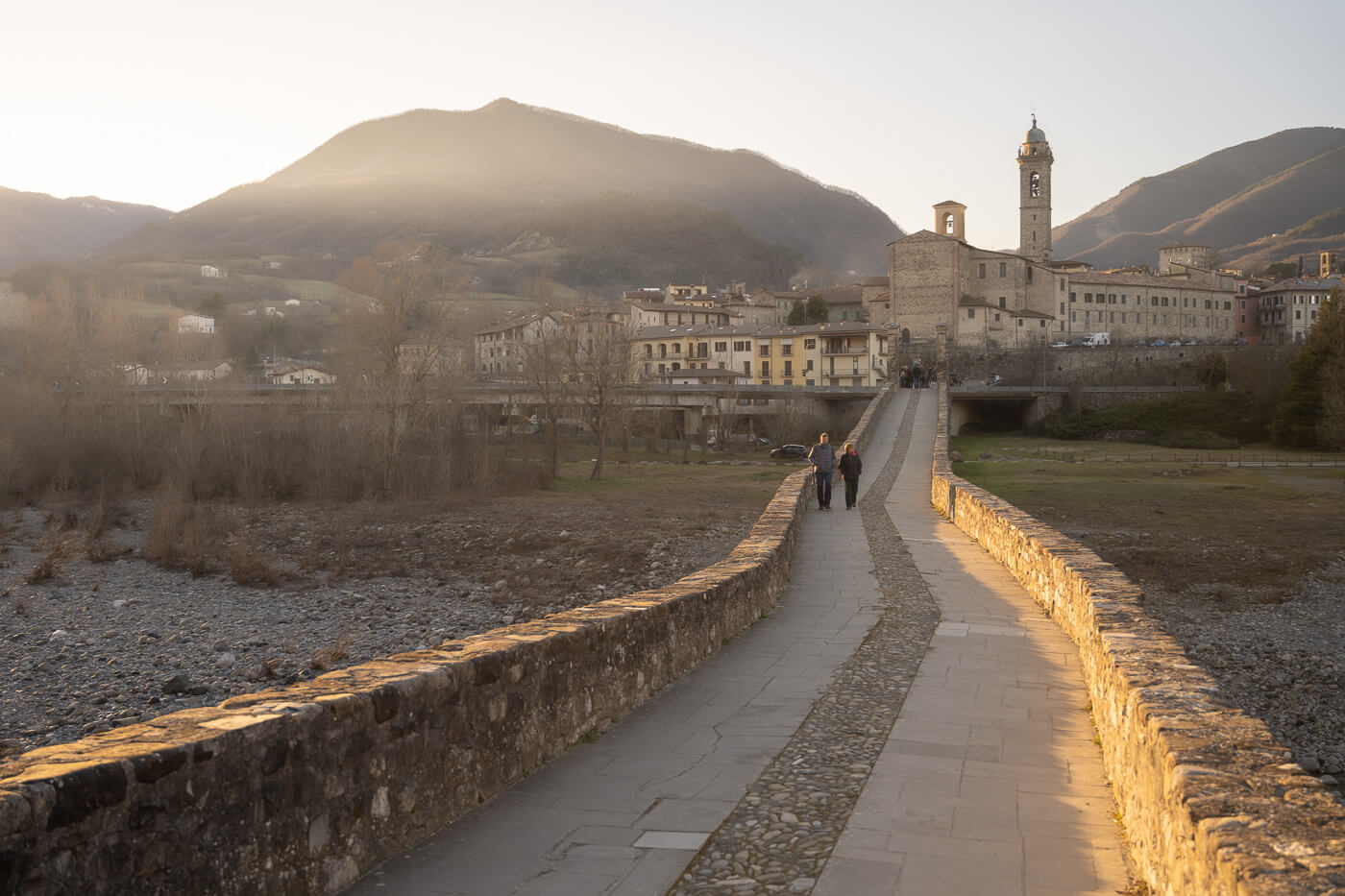
Bobbio, Ponte Gobbo Photos and Photography Tips
Purely in terms of landscape photography, Bobbio is a Sunset location. In winter, the sun will provide some great sidelight as it sets.
the lower viewpoint, along the river’s bank, has no easy access. You’ll have to walk downstream for a few hundred meters until you can reach a spot where you can walk down to the river. Then you can walk upstream again until you reach the embankment by the bridge.
Whether you can get down there or not also depends on water levels. That usually isn’t much of an issue in summer, unless there’s been a recent heavy rainfall. In such cases, the Trebbia River can turn into a scary, raging river.
Anyway, in Summer, the sun will set behind Monte Penice, so while it does not provide direct light, you can catch some good colors, provided it’s a colorful sunset.


Sunset at Ponte Gobbo

Generally speaking, you could easily stay here from the afternoon golden hour till past sunset to catch different lighting conditions, as you can see in the three photos above.
What works great here is the twilight. It’s well worth straying after sunset to catch the warm, artificial light of the bridge and from the town. Those create a magic atmosphere of times gone by. Worth seeing even if you are not here to take some photos.
Bring the widest lens you have. The bridge is even bigger than it looks. Anything in the 14-24 range should work. Longer, for the viewpoint above.
Where to stay
If you can stay in Bobbio a round Bobbio, that’s a good option, especially if you are traveling through to or from Genoa. there are plenty of family-run stays in the area and in the nearby hills.
Additional Resources
- There are several good restaurants in town. However, if you want a unique experience as well as good food, I can recommend heading uphill with your car toward Passo Penice to the Chalet della Volpe.
- Here’s the main page on Hiking in Italy for more hikes and scenic spots in Italy.
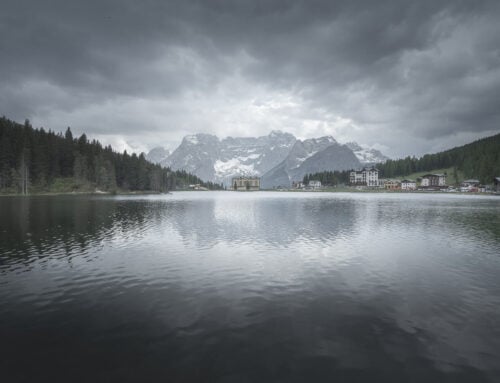
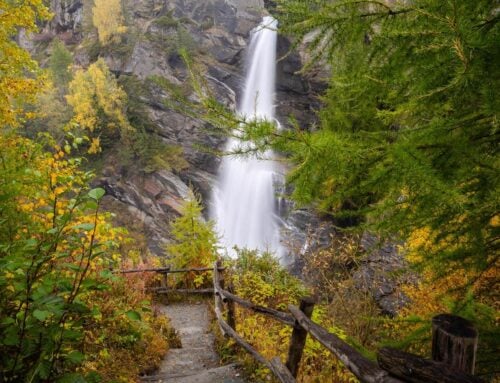
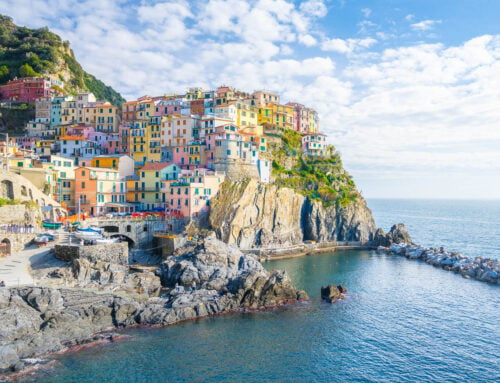
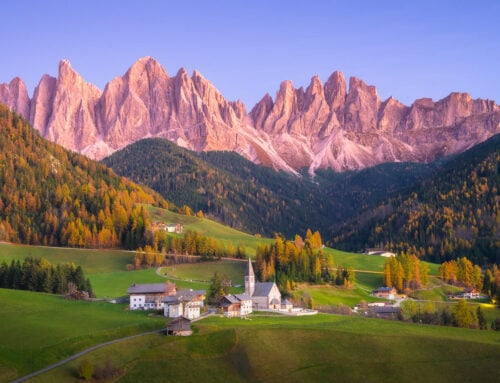
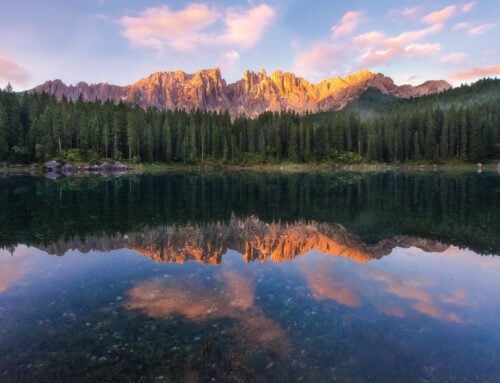

Leave A Comment